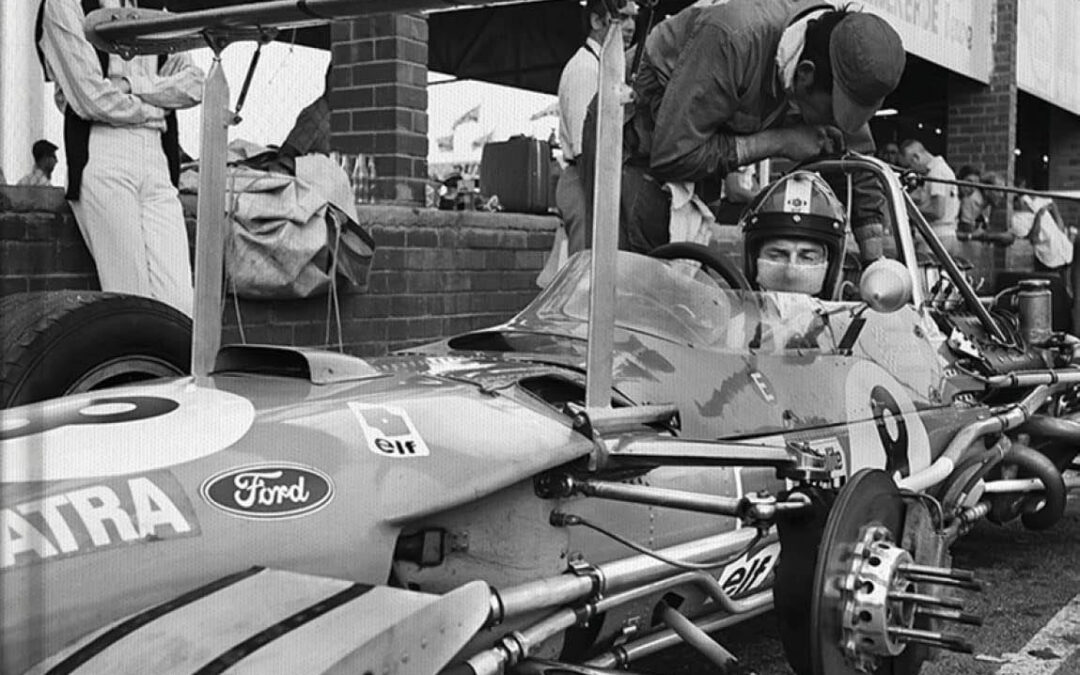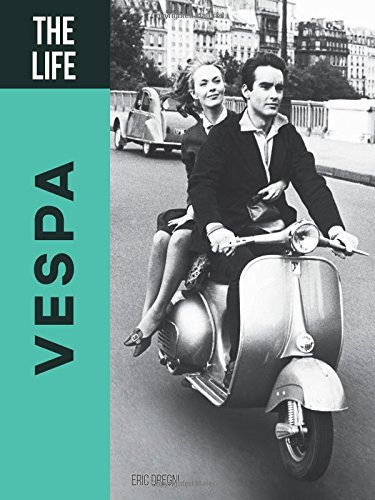
Since hitting the road in 1946, eighteen million Vespa motor scooters have buzzed the Earth.
Vespa’s success lies in the uniqueness of its design — in the unmistakable sheet metal skin that, over the span of decades, has defined the concept of “motor scooter.”
The Life Vespa celebrates all aspects of the scooters and the thriving culture that surrounds them. Since Vespa is affordable and in high-style, the life Vespa encompasses all walks of life, from street urchins to celebrities like Audrey Hepburn, John Wayne, and Brad Pitt.
Part of Motorbooks’ “Life” series, The Life Vespa melds machine and culture to immerse you in la bella vita.

A fascinating history of European motorcycle racing, going back to a period far removed from the world of Moto GP today: a time when many young men from all walks of life decided to give up their livelihoods in favour of earning their living by racing motorcycles on the dangerous public road circuits of the European Continent. It was a nomadic existence that involved travelling from circuit to circuit, circus fashion, hence the title ‘Continental Circus.’ Motorcycle Racing with the Continental Circus 1920 to 1970 begins with the pre-war period, when many young British riders travelled to the Continent to take part in the Grand Prix races, held from around 1920 and across Europe. British riders such as Alec Bennett, Stanley Woods, Jimmy Guthrie and many more, gained notable success and established their reputations on the European circuits. Moving on to the post-war era, the book details the riders from around the world who joined the Circus – self-financed ‘privateers’ from Australia, New Zealand and South Africa. The 1950s and ’60s were the days of the true Continental Circus, when private riders earned their living riding all over the continent. The book also covers the development of the machines that became the essential tools of the private riders, and the eventual demise of the Continental Circus in the 1970s, due to new safety regulations and the escalating cost of racing. Chris Pereira’s historical account is sourced both from first-hand experience of racing, and from his own vast library of racing history records and photographs.

Indulge yourself with this stunning collection of pin-ups! The art of pin-up glorifies the female form, and John Gladman celebrates beautiful girls from all walks of life. He has a refreshing, timeless style, bringing back the art of the tease at a time when innocence has been lost. Glamour and art meet photography to create John s recognizable and unique look. His imagery is tasteful yet sexy, stirring up sensuality and allure. He has revered and admired the female form throughout his life span, learning posing from the great artists of the past, paying attention to every detail during posing from the hand placement, the arch of the back, to the expressions and nuances, creating an art piece that appears as natural happenstance. John has a modern flair mixed with vintage themes honoring the classic era of the mid-twentieth century.
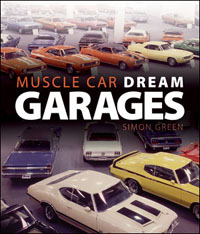
“The heart-racing power, speed and performance of American muscle cars inspire enthusiasts and collectors from all walks of life. Of all the cars that stir the blood, few have the cool of the classic American muscle car, with its racetrack-ready horsepower and handling, freeze-frame good looks, and bad-boy charm. It comes as no surprise that the coolest of our celebrities keep muscle cars in their garages. In this book, stars of football and film, motorcycle racing and rap, TV and BMX open those garages to show off their prized muscle cars. This peek inside the private worlds and personal passions provides insight into the personality of the owner that you won’t see anywhere else. Whether you’re a muscle car enthusiast or simply have interest in seeing the hobbies and passions of these diverse celebrities, this book is a must have.
Muscle Car Dream Garages gives readers a rare glimpse into the worlds of celebrities from all genres… from TJ Lavin from MTV to Thomas DuPont of DuPont Registry to Chris Wilcox of NBA fame and Hip Hop Artist Funk Master Flex. Readers can explore the garages and adrenaline-pumping muscle cars of sixteen different celebrities! ”
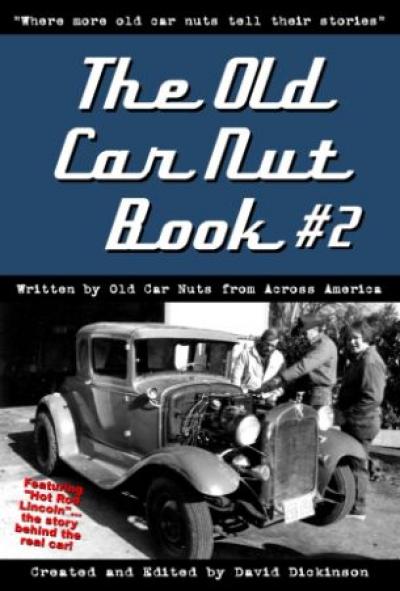
Book Two in The Old Car Nut Book series provides more stories from old car guys and gals from across America. You will read about the personal exploits of people that love the classics, muscle cars, and hot rods and the varied reasons for that enduring love. Relive their experiences, both good and bad, and read about the amazing effect that the cars have on people from all walks of life. The old cars seem to bind Americans together and provide a way to connect with others that they may never get a chance to know otherwise
Caution: Like book one, once you pick this book up, it will be difficult to put down and you will want to reread the stories over and over, sharing with the people that make your experience in the world of old cars worthwhile.

To the untrained eye, Los Angeles may seem like a spectacle of glitz and glamour, freeways and traffic snarls. But beneath those superficial impressions hides a richly complex and diverse city teeming with quirky art, dazzling buildings, hidden histories, strange spectacles, and inspiring cultural landmarks. Secret Los Angeles guides you to the hidden gems that make the city and surrounding county truly sparkle. Discover the story behind the featherbrained Statue of Liberty of L.A. and the butterflies of an abandoned oceanside neighborhood. Stroll along the other walks of fame and drive along a musical road. Explore a historic movie palace hidden in the Jewelry District and find the inspiration for Disneyland nestled within Griffith Park. Find the secretive locations of Prohibition-era speakeasies and sip top-notch booze at a Willy Wonka-like distillery. Experience a reenactment of the Great Los Angeles Air Raid and uncover the history of Central Avenue’s jazz legacy. Local author Danny Jensen directs you to under-the-radar destinations that are often overlooked, even by locals, yet offer fascinating insight into a place that captures so many people s imagination. Whether you ve recently arrived or lived here all your life, this book will help you see and understand L.A. in a completely new way and inspire you to explore further.

Renowned automotive writer Pat Foster celebrates the simple joy of hitting the highway in a vintage camper, trailer, RV, or van in this illustrated examination of their hardware and cultural histories—featuring evocative modern photography of restored and original-condition campers, as well as period photos and advertising art.
The look, the feel, and the sheer style of vintage campers and trailers are impossible to duplicate in sterile modern units. It’s little wonder more and more of us, from all walks and ages, are ditching the increasingly hectic modern life and rediscovering the simple freedom of small, uncluttered spaces and the wide-open road.
Foster breaks down the subject by camper categories, illustrating his knowledgeable text with beautiful modern and period images. Sidebars examine topics like clever designs that make small living possible, the evolution of campers and gear over the ages, tips for trailer living, first-person anecdotes from enthusiasts, and much more. Along the way, Foster covers all of the most popular camper and van brands, such as Winnebago, Airstream, Shasta, Spartan, Scamp, Volkswagen, and more.
Whether lived on the road, your driveway, or your armchair—your minimalist adventure starts here.
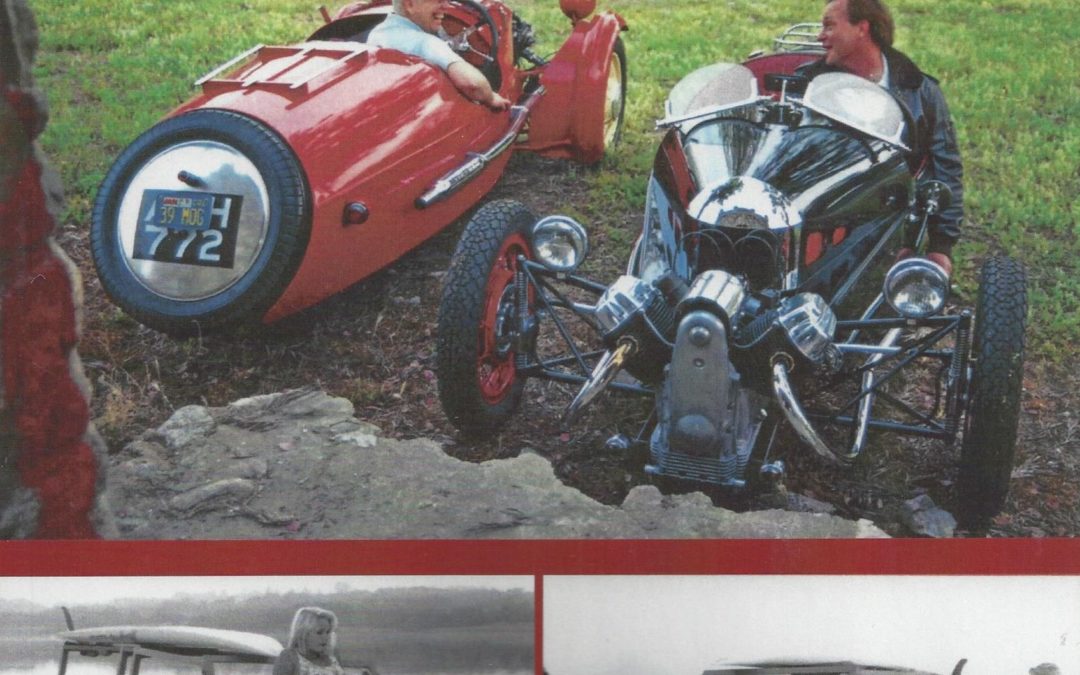
Book number six in the series is dedicated to “SCRATCH-BUILDING CARS” in low volumes, which was at one time a common practice across the USA. Contents: Introduction. Chapter One: Building a pre-war motorcycle-inspired “trike”. Prototype car and plane builder David J. Anders walks us through the construction of a complete frame, the suspension, and a full steel body for his trike. Chapter Two: Understanding Timber-Based Body Structures. Chapter Three: Although timber-based automotive body-frames were the standard type of auto body construction up until 1937, there was another type of automotive and aircraft inner wooden body structure that was developed and produced in WWII with outstanding results. The wood vs. metal public relations war was being fought among the automakers beginning in the ’30s before car production ceased for WWII. After civilian auto production started up again, that post-war production only included high-volume all-steel-bodied vehicles. Because of this, the new wood monocoque type of structure that was developed during the war and for the war was never implemented among the major automakers. We follow several small companies that produced wood monocoque frames in the post-war era, with some surprising results. Chapter Four: new Tricks with Wood. Chapter Five: Body Bucks. Chapter Six: French New-Age Coachbuilding with coachbuilder Edouard de Vacourbeil providing a closer look at the pre-war “French Martinet” style of power hammer. Chapter Seven: Sylentlite – a little-known coachbuilding experiment involving casting full touring car bodies of aluminum. Chapter Eight: My Life as a Panelbeater, first published in Automobile Quarterly in 1978. Reproduced with permission of Automobile Quarterly, the sketches and writings of Percival Talman comprises this chapter
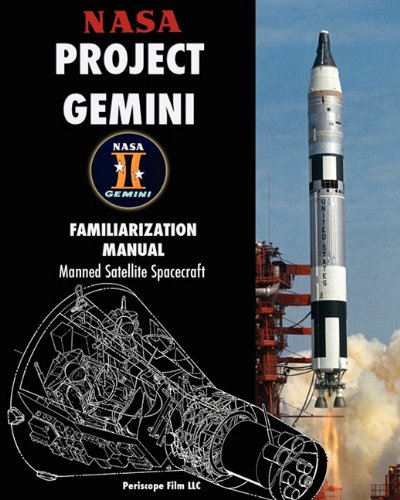
Just ten days after Alan Shepard Jr. became America’s first man in space on May 5, 1961, President John F. Kennedy challenged the nation, suggesting that the United States should land a man on the moon by the end of the decade. The ambitious goal of Project Apollo required a series of intermediate steps, which were to be explored by Project Gemini. Created on January 3, 1962, Project Gemini’s objectives were many. During ten manned flights in 1965 and 1966, astronauts would perform spacewalks, rendezvous with orbiting vehicles using maneuvering and propulsion systems, and perform docking tests. A great deal of experience was gained and equipment tested, and with one exception – a dry land capsule landing – all of the planned objectives were met. All ten manned flights were made using Titan II two-stage boosters that were purpose-built for Gemini and known as “GLV” or Gemini-Titans. The prime contractor for the Mercury capsule McDonnell Aircraft, constructed the two-man Gemini capsule. A larger, more sophisticated spacecraft than Mercury, the Gemini capsule relied on a detachable Equipment Module for power, propulsion, and life-support systems. The capsule itself was outfitted with ejection seats, carried an on-board Guidance Computer, and could be flown in six directions. Created by NASA and contractor McDonnell Aircraft, this Familiarization Manual explains all the systems aboard the Mercury space capsule including cabin controls, sequence, electrical power, cooling, guidance and control, communications, retrograde rocket, and landing systems and procedures. Dating from September of 1965 for the long range and extended missions, it represents a late revision of documents created at the beginning of the Gemini program. Originally restricted, this manual has been declassified and is presented in its entirety, running nearly 600 pages.






